💪 Support independent web, support us:
There are great many landmarks in Europe, and so are in Iran.
Like jewels in a crown, Iran’s landmarks sparkle with rich history, grandeur, and cultural significance.
From the ancient ruins of Persepolis to the tranquil beauty of the Nasir al-Mulk Mosque, each landmark provides a window to Iran’s vibrant past and captivating present.
1. Persepolis
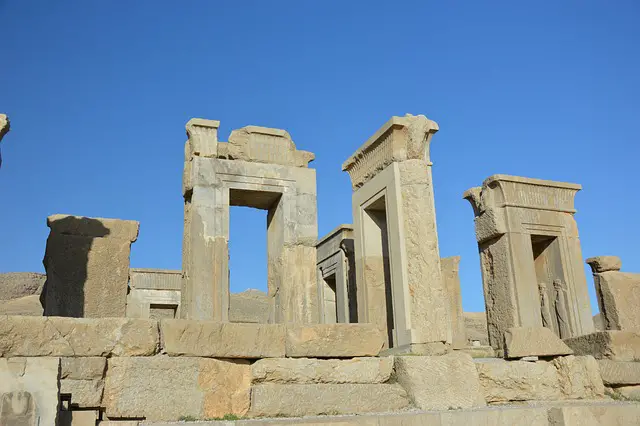
Persepolis is an ancient city in Iran that once served as the capital of the Persian Empire. It is now a UNESCO World Heritage Site.
What to see or do: Visitors can explore the ruins of the ancient city, including the Throne Hall, the Gate of All Nations, and the Palace of Darius the Great.
There are also several museums on site that showcase artifacts and information about the history of Persepolis and the Persian Empire.
Don’t miss: Be sure to see the incredible bas-reliefs that adorn the walls of many of the buildings at Persepolis. These intricate carvings depict scenes of Persian soldiers, Persian kings, and other historical and mythological figures.
Insider travel tips: – Persepolis can get very hot in the summer, so be sure to bring sunscreen, a hat, and plenty of water.
2. Naqsh-e Jahan Square
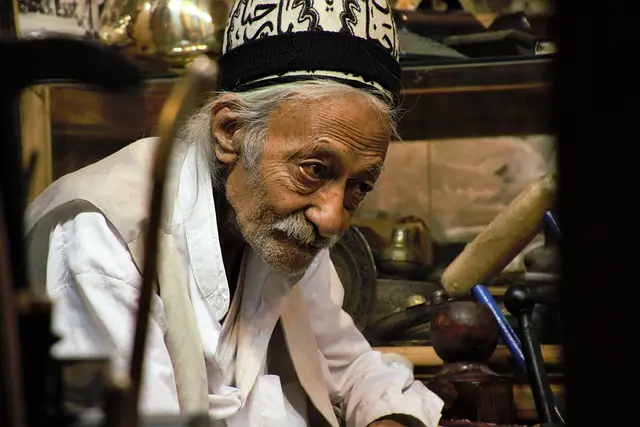
A famous public square in Isfahan, Iran, also known as Imam Square or Shah Square.
What to see or do: The stunning square is surrounded by some of the city’s most significant landmarks, including the iconic Imam Mosque, Sheikh Lotfollah Mosque, and Ali Qapu Palace.
Visitors can explore the grand bazaar that surrounds the square, sample traditional Persian cuisine at local restaurants, or simply stroll through the gardens.
Don’t miss: Watching the sun set behind the beautiful Imam Mosque and the square coming alive at night with locals and tourists alike.
Insider travel tips: Visit the square during the early morning or late evening hours to avoid crowds and capture the perfect photo.
Don’t forget to bargain while shopping in the local bazaar, and try the delicious saffron ice cream sold by street vendors.
3. Pasargadae
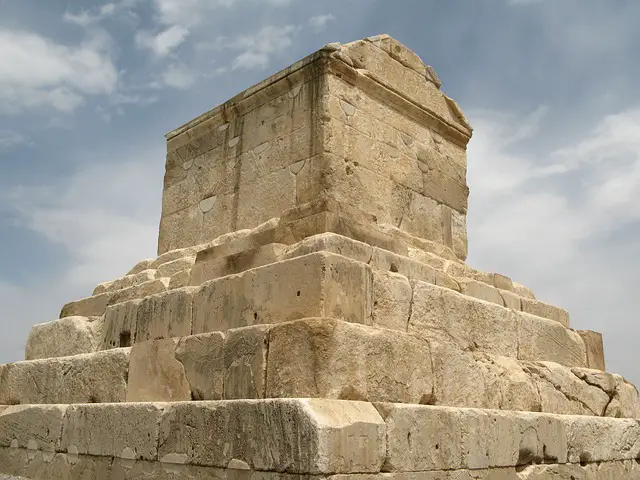
Pasargadae is an ancient city located in Iran’s Fars province.
It was founded by Cyrus the Great in the 6th century BC and served as the capital of the Achaemenid Empire.
What to see or do: Visitors can explore the ruins of Pasargadae, including the tomb of Cyrus the Great, which is a UNESCO World Heritage Site.
Other notable sites include the Palace of Cyrus, the Audience Hall, and the Gatehouse.
Don’t miss: Don’t miss the chance to see the impressive architecture of Pasargadae, including the unique style of the Cyrus Cylinder, which has been called the first declaration of human rights.
Insider travel tips: To beat the crowds, plan to visit Pasargadae early in the morning or later in the afternoon.
Also, be sure to wear comfortable shoes and bring plenty of water, as the site can be quite hot and dusty.
Finally, make sure to hire a knowledgeable guide to help bring the history of the site to life.
4. Golestan Palace
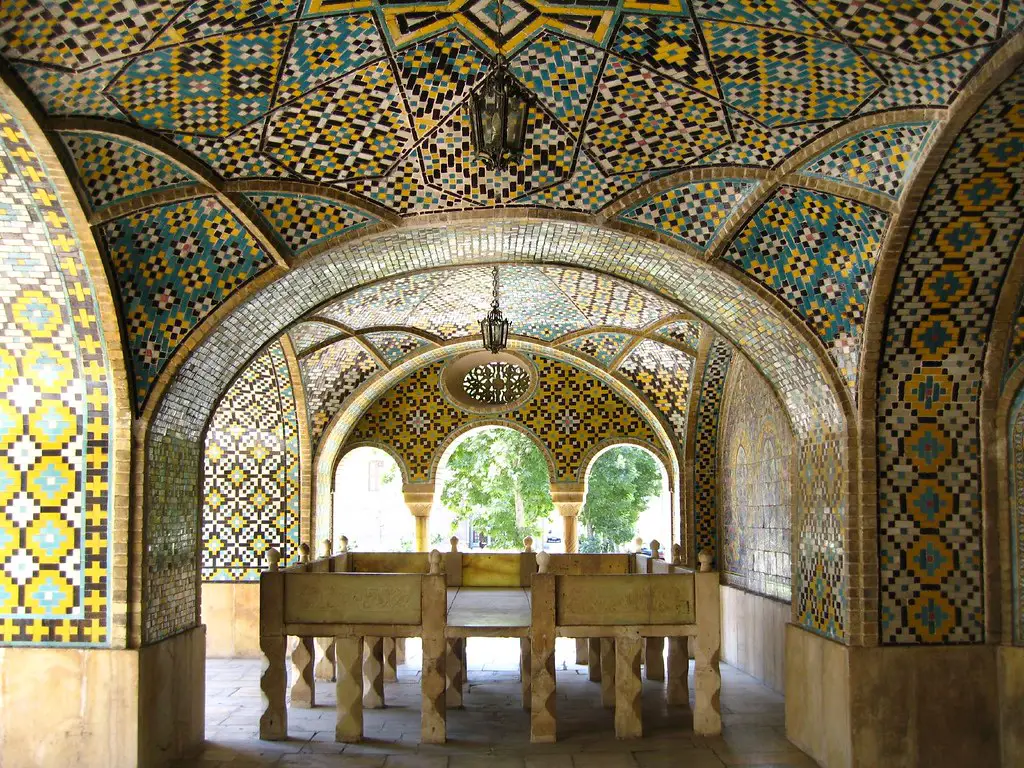
Golestan Palace is a magnificent palace complex located in Tehran, Iran. It was built during the Qajar dynasty and is a UNESCO World Heritage site.
What to see or do:
Don’t miss:
Insider travel tips:
5. Eram Garden
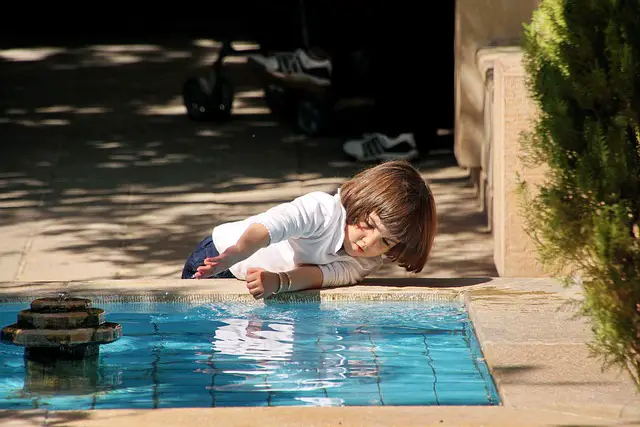
Eram Garden is a historic Persian garden located in the city of Shiraz, Iran. It is a UNESCO World Heritage Site and is known for its stunning natural beauty and rich history.
What to see or do: Visitors can walk through the large garden and admire the beautiful trees, flowers, and fountains. There is also a pavilion located in the center of the garden that offers stunning views and a peaceful atmosphere.
The garden also houses the Eram Garden Museum, which showcases Iranian art and architecture.
Don’t miss: The iconic cedar trees, which have been standing for over 3,000 years, are a must-see for visitors.
Also, make sure to explore the beautiful Qavam House, which is located adjacent to the garden and is another popular attraction in Shiraz.
Insider travel tips: Visit in the early morning or late afternoon to avoid the crowds and enjoy a more peaceful experience. Wear comfortable shoes, as there is a lot of walking involved.
Finally, take some time to sit and relax in the garden while enjoying a cup of traditional Persian tea.
6. Sheikh Lotfollah Mosque
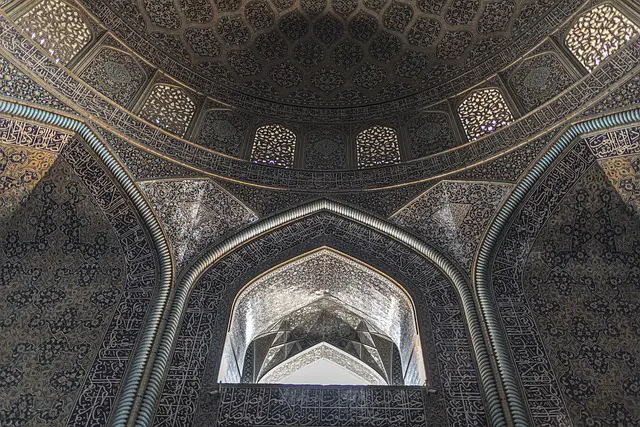
Sheikh Lotfollah Mosque is a stunning architectural masterpiece located in Isfahan, Iran.
What to see or do: Visitors can marvel at the intricate tile work, soaring domes, and beautiful calligraphy throughout the mosque’s interior. The serene atmosphere also makes it a great place to contemplate and reflect.
Don’t miss: Don’t miss the chance to see the sun’s rays shine through the stained-glass windows, creating a mesmerizing kaleidoscope of colors on the mosque’s walls.
Insider travel tips: Be sure to visit early in the morning or later in the afternoon to avoid crowds and get the best lighting for photos.
Also, dress appropriately and be respectful of the mosque’s religious significance.
7. National Jewelry Museum
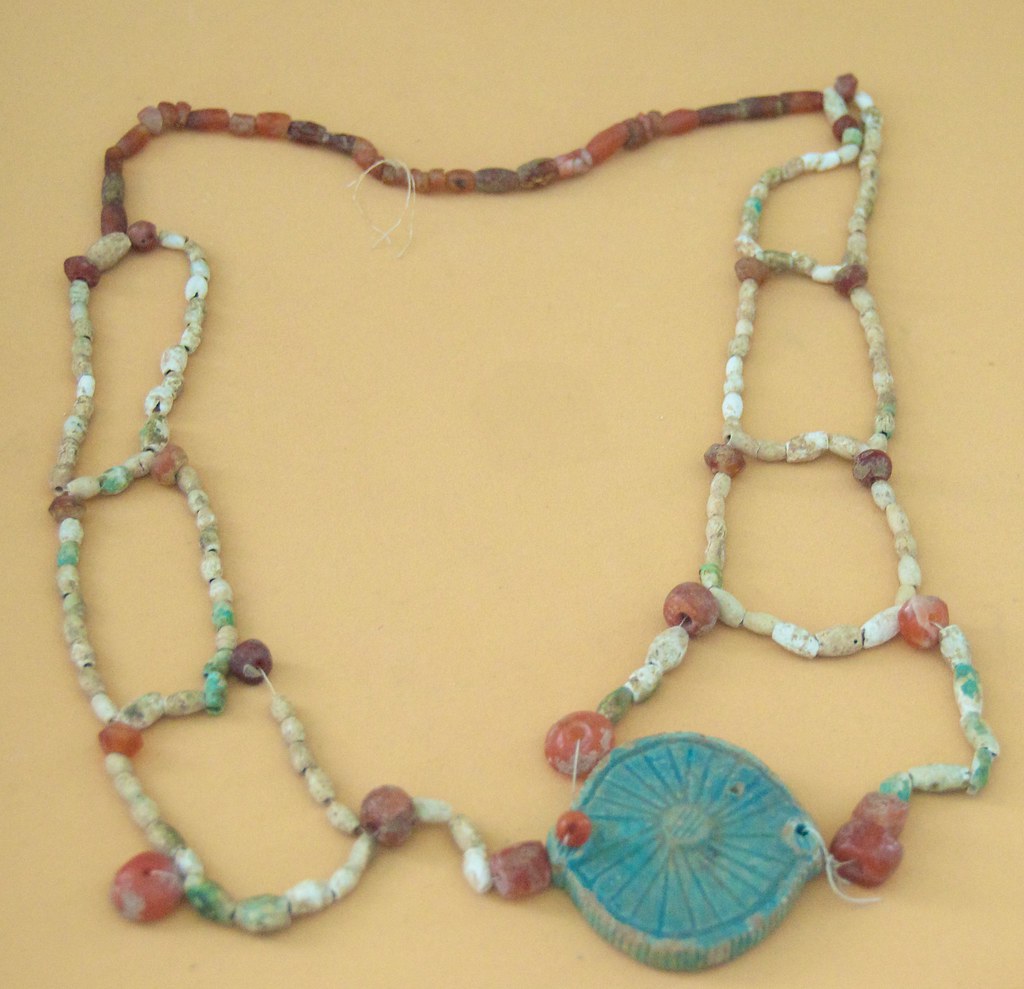
The National Jewelry Museum is a fascinating museum located in Tehran, Iran. It showcases an extensive collection of exquisite jewelry pieces from different historical periods and regions of Iran.
What to see or do: Visitors can explore the vast collection of jewelry items that are spread across two floors of the museum. The items include crowns, necklaces, rings, earrings, and other decorative items made of precious stones, gold, and silver.
The displays are accompanied by descriptions in English and Persian, giving visitors an insight into each piece’s historical, cultural, and artistic significance.
Don’t miss: The museum’s highlight is the Darya-i-Noor diamond, one of the largest pink diamonds in the world, weighing over 182 carats.
Insider travel tips: Photography is not allowed inside the museum, so visitors must leave their cameras and phones at the entrance.
8. Takht-e Soleymān

Takht-e Soleymān is an ancient archaeological site in Iran recognized as a UNESCO World Heritage site.
What to see or do: Marvel at the ruins of an ancient Zoroastrian sanctuary from 200 BC consisting of a central citadel, a temple dedicated to goddess Anahita, and a royal palace complex.
Explore the remnants of a vast military-agricultural complex built by the Sassanian Empire. Admire the natural beauty of the crater lake nearby.
Don’t miss: The stunning views of the night sky from the surrounding hills. The small museum showcasing artifacts discovered at the site.
Insider travel tips: Wear comfortable shoes suitable for walking on uneven terrain. Bring warm clothing for the chilly nights.
Be prepared for long drives on winding mountain roads to reach the remote location. Visit during spring or fall to avoid extreme temperatures.
Enjoy a cup of tea and traditional Persian snacks at the on-site cafe.
9. Ali Qapu
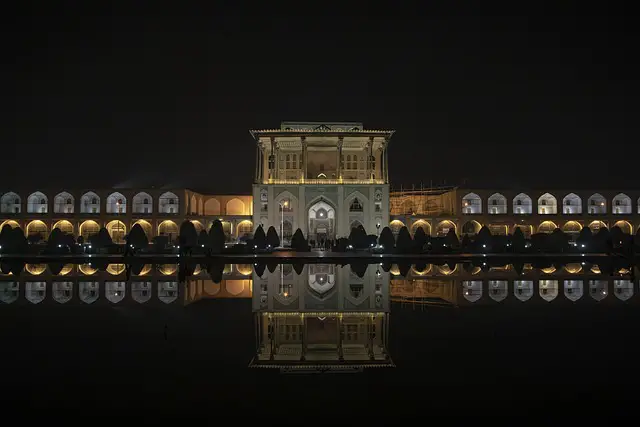
Ali Qapu is a grand palace located in Isfahan, Iran, built during the Safavid era.
What to see or do: Visitors can admire the stunning Persian architecture and intricate tilework of the palace. The building also houses the Music Hall, where musicians would perform for the Safavid court.
The balcony on the sixth floor offers a fantastic view of the Naqsh-e Jahan Square, which is just a short walk away.
Don’t miss: Don’t miss the chance to see the Music Hall’s wooden ceiling, which is carved with delicate and intricate designs. Also, take time to enjoy the peaceful gardens on the palace grounds.
Insider travel tips: Climbing the steep stairs to the balcony can be challenging. Make sure you have comfortable shoes and a bottle of water.
It’s also worth visiting in the evening when the palace and square are lit up, creating a magical atmosphere.
10. Tomb of Hafez
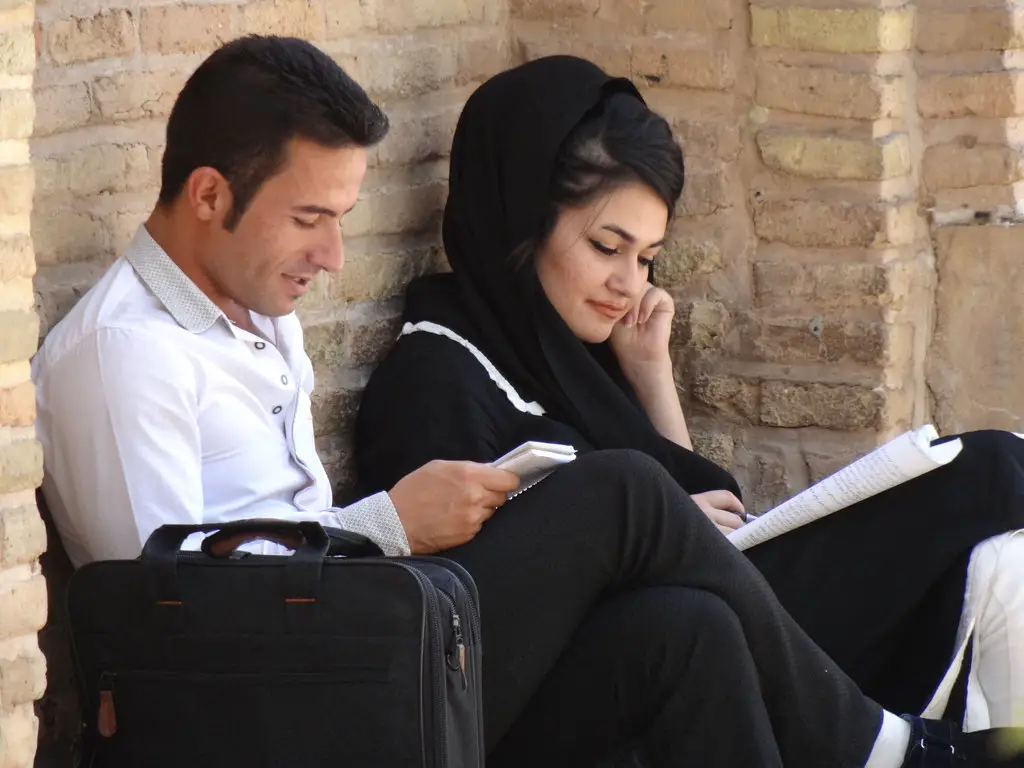
A mausoleum of renowned Persian poet, Hafez.
What to see or do: Admire the beautiful white marble structure, the peaceful gardens, and read some of Hafez’s poems.
Don’t miss: Participating in the traditional Persian practice of Fal-e Hafez (divination by Hafez’s poetry) by picking a random poem from the book and asking for interpretation from someone nearby.
It’s a unique cultural experience.
Insider travel tips: Visit in the early morning or late evening for a quieter and more peaceful experience. Don’t forget to dress modestly and remove shoes before entering the mausoleum.
11. Jameh Mosque of Isfahan
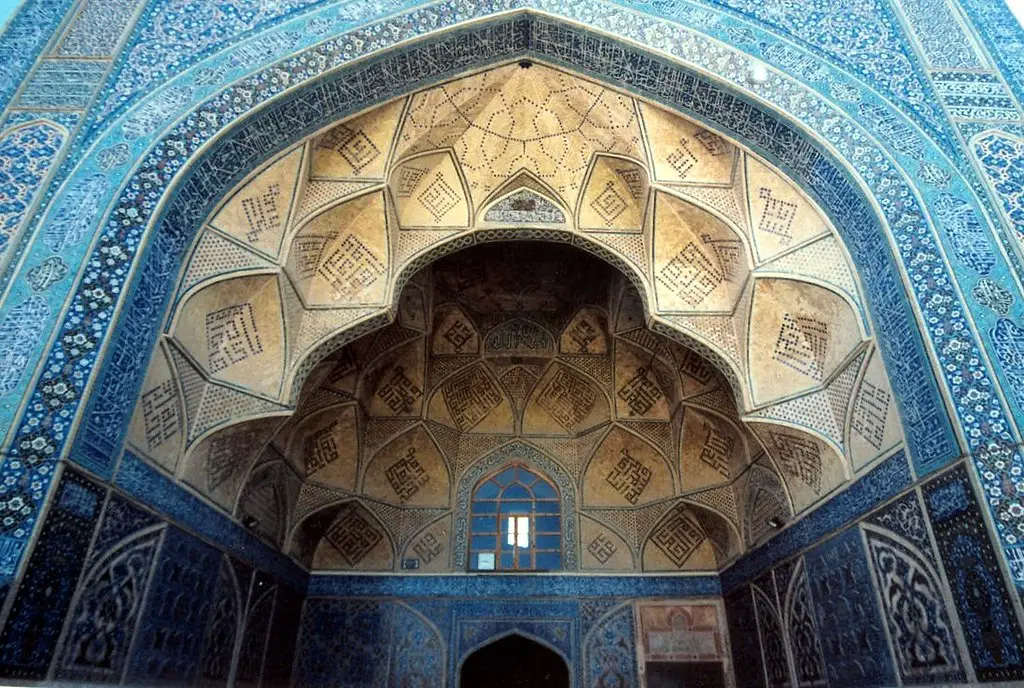
An architectural masterpiece and one of the oldest Islamic buildings in Iran, Jameh Mosque of Isfahan is a UNESCO World Heritage Site.
What to see or do: Visitors can marvel at the intricate tile work, calligraphy, and geometric patterns that adorn the mosque’s walls and ceilings. The mosque also features a spacious courtyard, four iwans (vaulted halls), and several minarets.
Don’t miss: The mihrab (prayer niche) located in the south iwan is a prime example of Islamic calligraphy and tile work.
Visitors should also take note of the mosque’s unique blend of architectural styles, which incorporates elements from several different historical periods.
Insider travel tips: To fully appreciate the mosque’s beauty, consider visiting during the early morning or late afternoon when the colors of the tile work are more pronounced.
Be sure to dress conservatively, and if possible, hire a local guide to provide historical and cultural context to the mosque’s design.
12. Zoroastrian Fire Temple
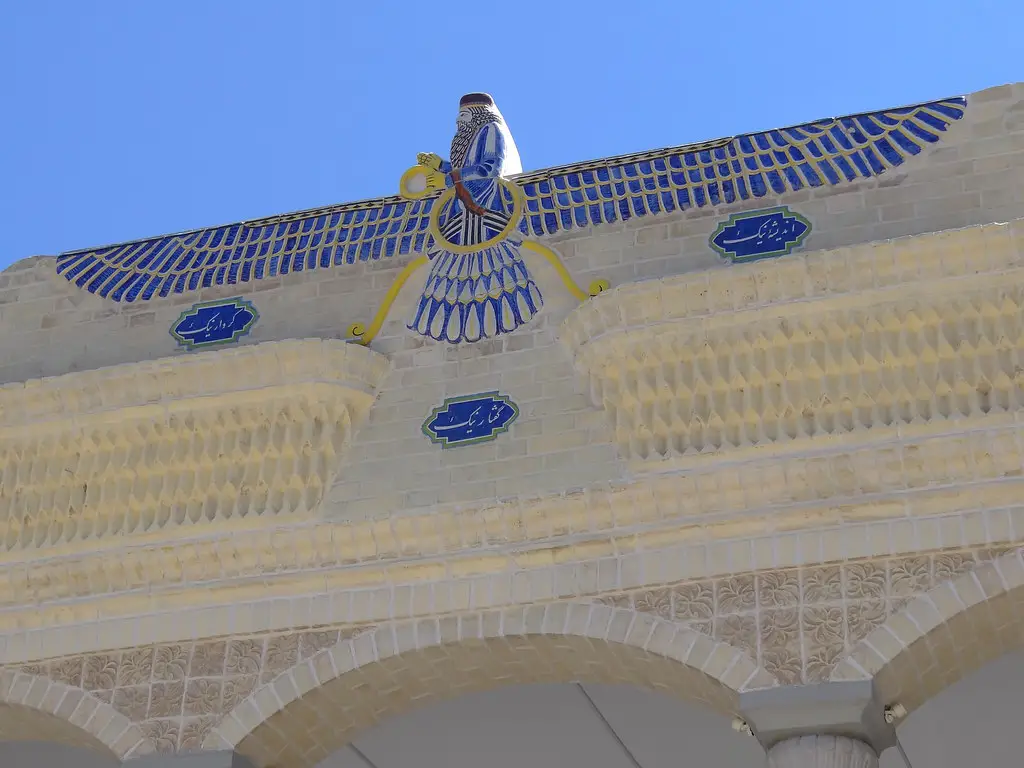
A religious site dedicated to the Zoroastrian faith, where fire is a symbol of purity and worship.
What to see or do: Visitors can witness priests perform rituals around the sacred fire, and learn about the history and beliefs of the Zoroastrian religion.
Don’t miss: The ornate architecture of the temple, featuring intricate mosaics and traditional Persian designs.
Insider travel tips: Visitors should dress conservatively and remove their shoes before entering the temple. Also, it is considered disrespectful to take photographs inside the temple during religious ceremonies.
13. Shah Cheragh
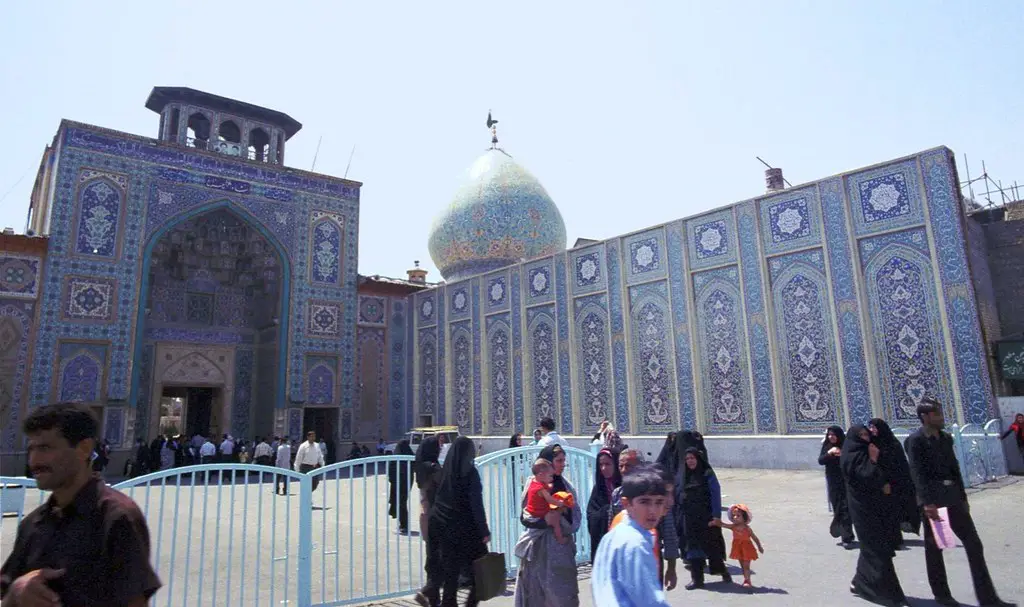
Shah Cheragh is a mausoleum and mosque located in the city of Shiraz, Iran.
What to see or do: Visitors can explore the stunning interior of the mosque, which features intricate mirror work, sparkling chandeliers, and colorful stained glass windows.
The mausoleum also houses the tombs of important religious figures.
Don’t miss: Be sure to take a moment to appreciate the reflective beauty of the mosque’s mirror work.
Also, make sure to visit the main shrine where the tomb of Amir Ahmad is situated, as it is adorned with intricate tile work and intricate vaulted ceilings.
Insider travel tips: It is recommended to visit early in the morning or late in the day to avoid crowds. Visitors should also respect the mosque’s dress code and remove their shoes before entering the mausoleum.
Photography is allowed, but avoid taking pictures of individual worshippers without permission.
14. Tabiat Bridge
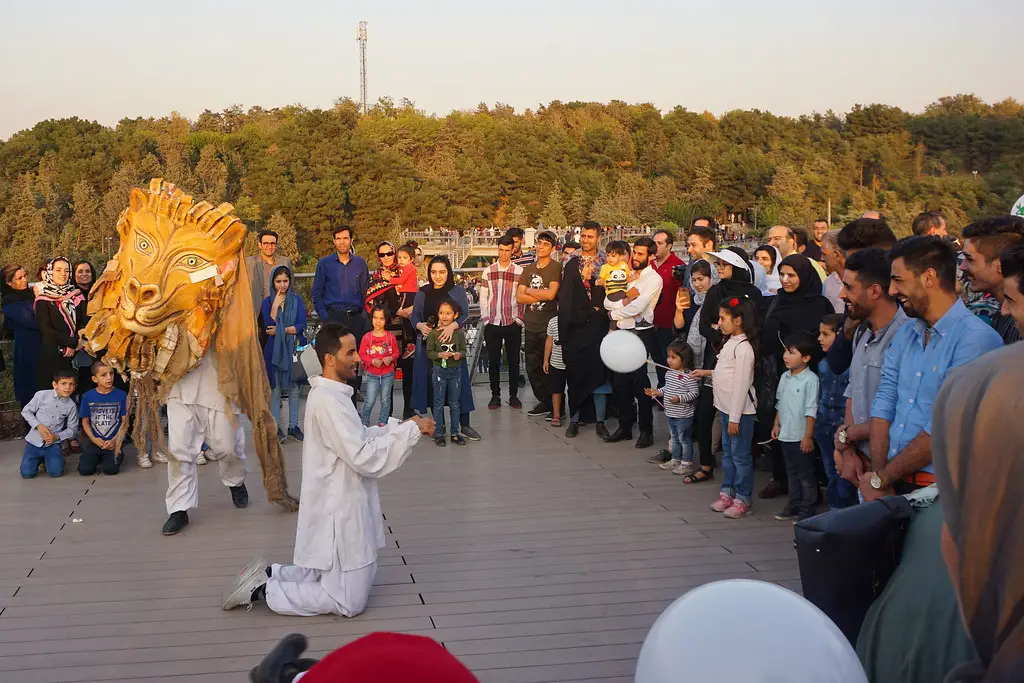
Tabiat Bridge is a modern pedestrian bridge located in Tehran, Iran.
What to see or do: The bridge provides an enjoyable walk over the highway and an incredible view of the surrounding mountains. It is a fantastic place to take pictures, have a relaxing stroll, and soak in the views.
Don’t miss: The best time to visit the bridge is at sunset or nighttime when the bridge is beautifully lit up. The view of Tehran, especially Milad Tower, is breathtaking from the bridge.
Insider travel tips: – Bring water and sunscreen during the daytime as it can get quite hot.
15. Sa’dabad Palace
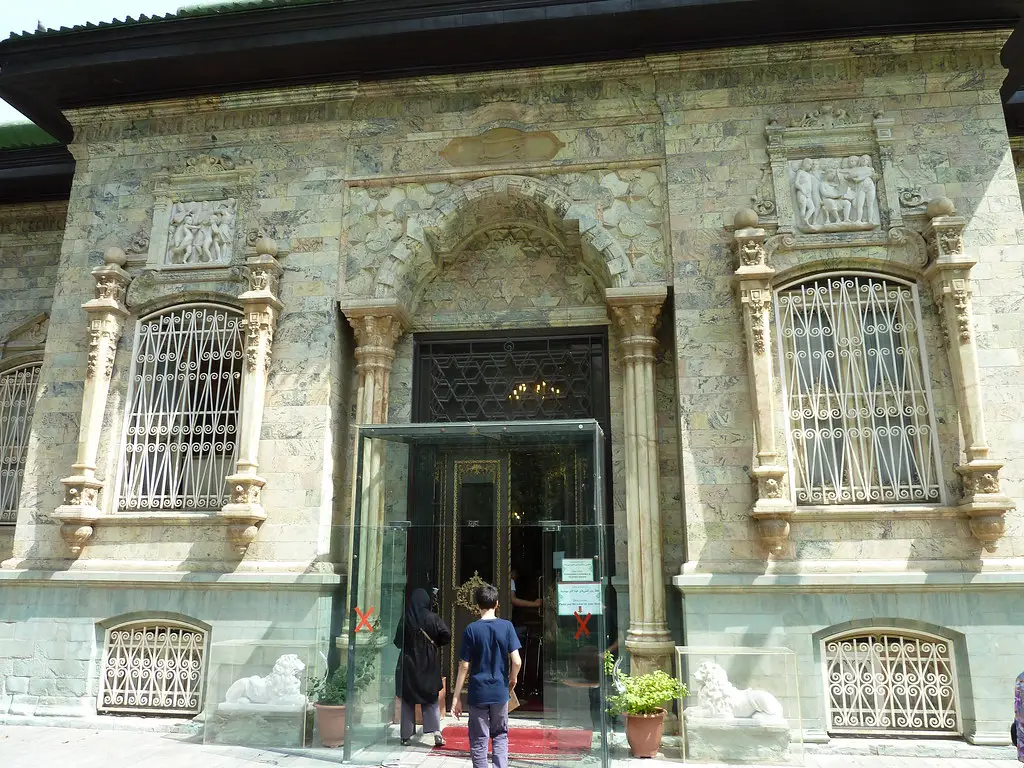
Sa’dabad Palace is a former royal complex and a museum located in Tehran, Iran.
What to see or do: Visitors can enjoy exploring the beautifully landscaped gardens and lavish palaces that served as residences for the royal families of Iran.
There are a total of 18 palaces, museums, and halls, including the Green Palace, Mellat Museum, and the Royal Kitchen Museum.
Don’t miss: Be sure to check out the White Palace, which was the official residence of the last Shah of Iran, and the stunning Mirror Hall, which is decorated with intricate mirrors and glasswork.
Insider travel tips: It’s recommended to wear comfortable shoes and bring sunscreen if visiting during the summer months.
Visitors can get a better deal on tickets by purchasing a combination ticket for the Sa’dabad Palace Complex and the Niavaran Palace Complex.
It’s also best to avoid visiting on Fridays since some areas may be closed for prayer.
16. Pasargad Cemetery
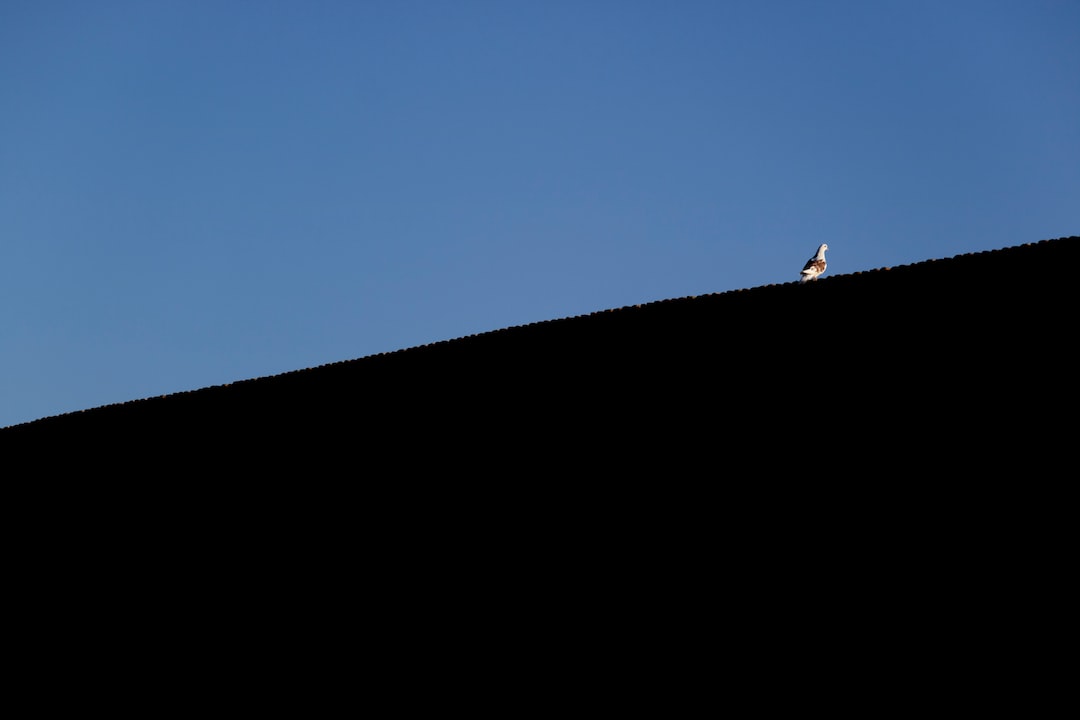
Pasargad Cemetery is a historical site located in Pasargad, Iran. It is the site of the tomb of Cyrus the Great, the founder of the Achaemenid Empire.
What to see or do: Visitors can explore the tomb of Cyrus the Great, as well as the surrounding gardens and historical ruins. The tomb is a stone structure with an impressive architecture that features six broad steps leading to the chamber.
Don’t miss: The impressive architecture of the tomb, with its massive stone structure and intricate designs, is a must-see while visiting the site.
Also, do not miss the chance to visit the nearby Pasargadae complex, which includes several other historical sites.
Insider travel tips: – Plan to arrive early in the day to avoid crowds and have a better chance to explore the site at your own pace.
17. Atashgah Isfahan
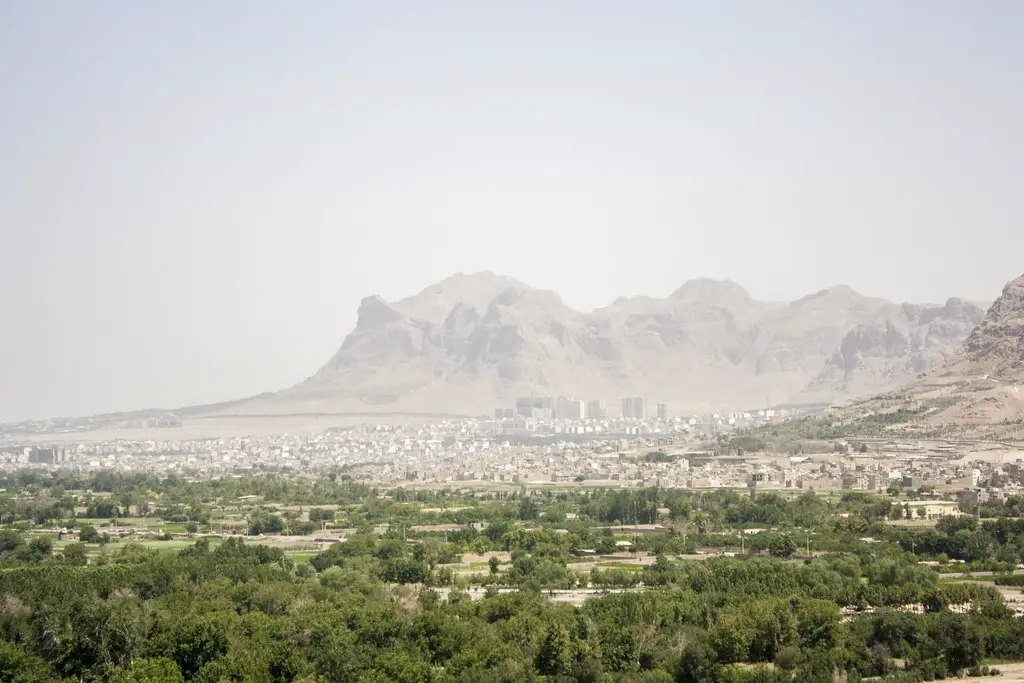
Atashgah is a Zoroastrian fire temple located in Isfahan, Iran.
What to see or do: Visitors can see the altar where the sacred fire was once kept, as well as other relics of Zoroastrian worship.
Don’t miss: Don’t miss the opportunity to learn about the history and significance of Zoroastrianism, an ancient religion that originated in Persia.
Insider travel tips: Be sure to dress modestly and remove your shoes before entering the temple. Photography is not allowed inside the main building, but you can take pictures of the exterior.
Plan to visit during the morning or evening hours to avoid the heat of the midday sun.
18. Chehel Sotoun Palace
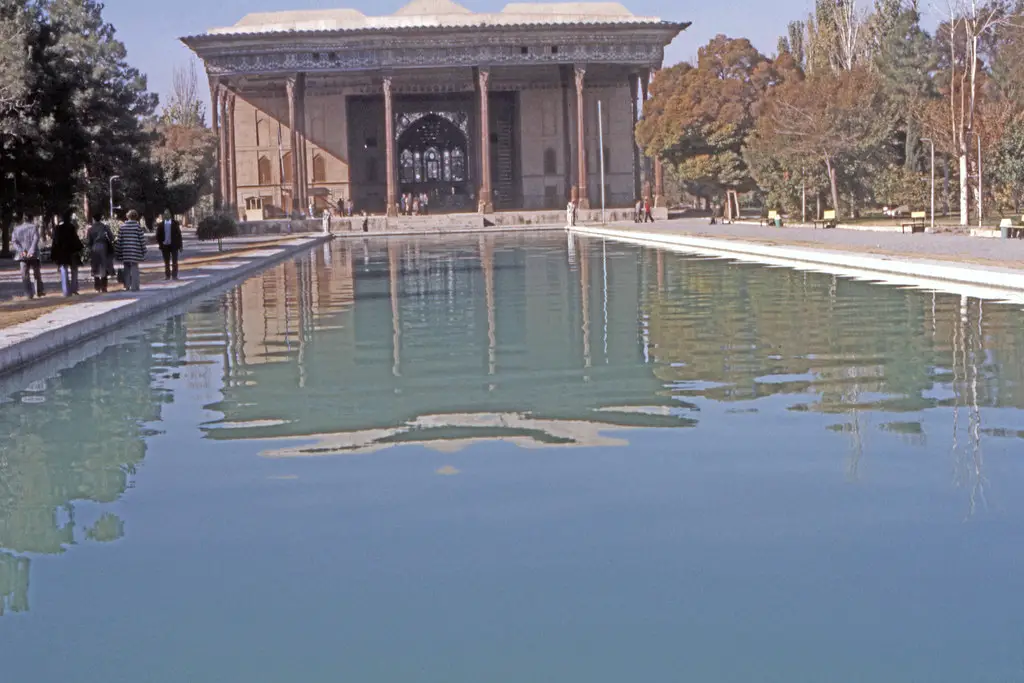
Chehel Sotoun Palace is a historic pavilion in the city of Isfahan, Iran. It was built during the Safavid Dynasty in the 17th century as a royal palace and reception hall.
What to see or do: Visitors can enjoy the stunning architecture and beautiful gardens surrounding the palace.
The exterior of the pavilion is covered in intricate and colorful frescoes, while the interior features grand halls adorned with spectacular tile-work, mirror-work, and paintings.
Don’t miss: Be sure to see the 20 slender wooden columns which support the palace’s entrance portico, creating an impressive visual effect. The stunning reflection of the palace in the large reflecting pool in front of it creates an equally beautiful sight.
Insider travel tips: Visit the palace in the late afternoon when the sun casts a warm and golden light on the palace and its gardens.
There is also a nightly sound and light show which beautifully highlights the palace’s grandeur. Additionally, take some time to explore the surrounding Naqsh-e Jahan Square, which is a UNESCO World Heritage Site.
19. Milad Tower
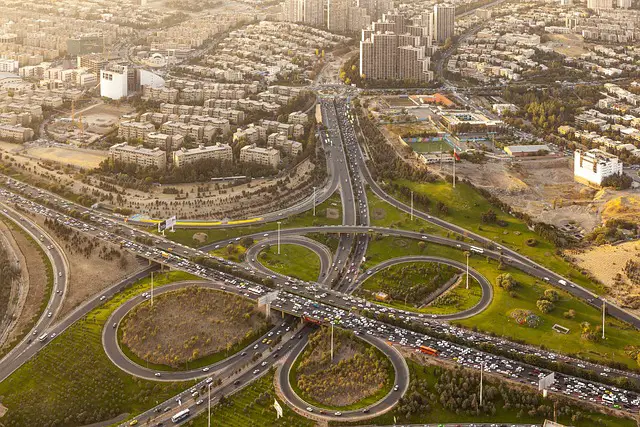
Milad Tower is a multi-purpose skyscraper located in Tehran, Iran. It stands at 435 meters tall and is the sixth-tallest tower in the world.
What to see or do: Visitors can take an elevator to the top of the tower and enjoy panoramic views of Tehran from the observation deck.
There are also several restaurants and cafes located in the tower, offering a variety of dining options.
Don’t miss: The Sky Dome, a revolving restaurant located at the top of the tower, provides an unforgettable dining experience with stunning views of Tehran.
Insider travel tips: – Visit the tower at sunset to experience the view of Tehran’s skyline as the city lights up.
20. Chogha Zanbil Ziggurat
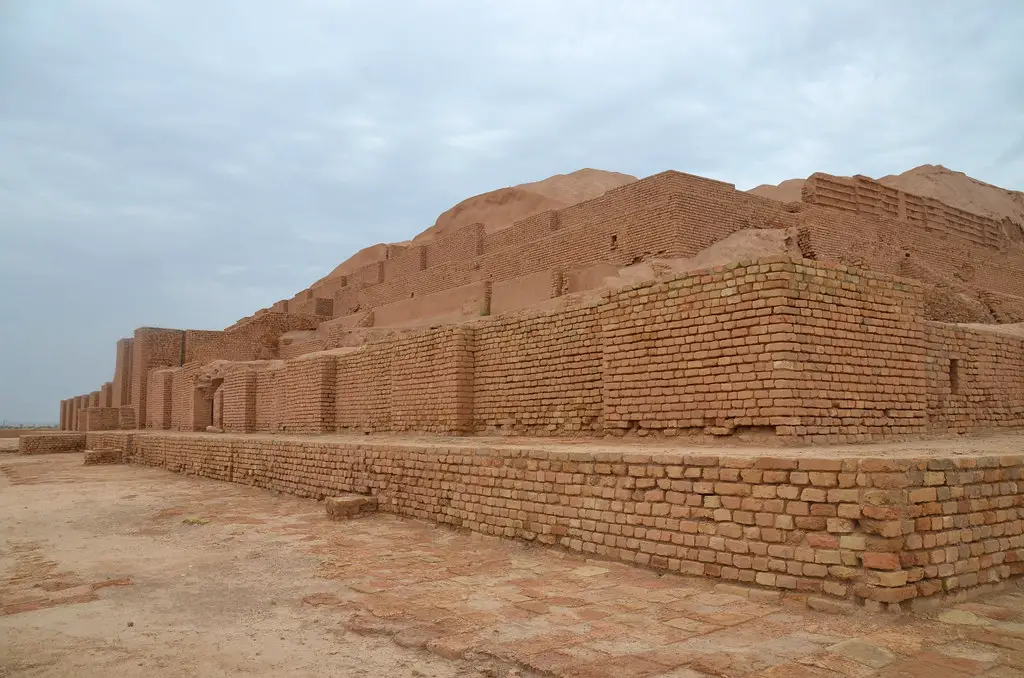
Chogha Zanbil Ziggurat is an ancient Elamite complex located in Khuzestan province in southwest Iran.
What to see or do: Visitors can admire the massive pyramid-like ziggurat, as well as explore the surrounding temples and palaces.
Don’t miss: Make sure to check out the intricate designs and carvings on the walls of the various structures.
Insider travel tips: The site can get very hot during the summer months, so it’s best to visit in the morning or later in the day.
Also, don’t forget to wear comfortable shoes as there is a lot of walking involved.
21. Lut Desert
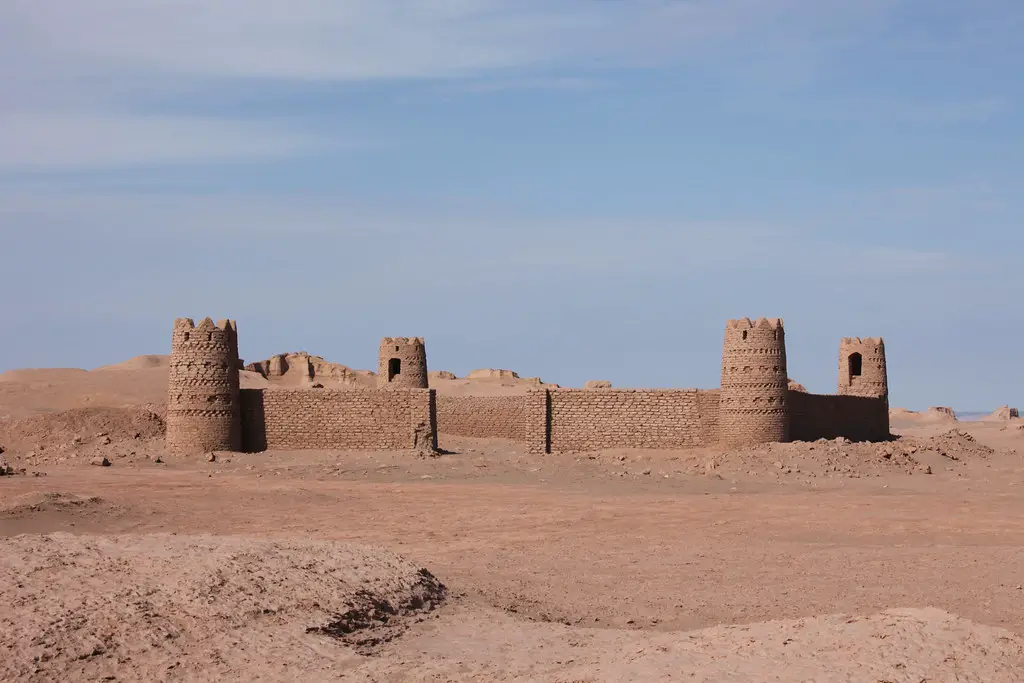
The Lut Desert is a large salt desert located in southeastern Iran, known for its unique landscape of sand dunes, salt flats, and volcanic formations.
What to see or do: Hiking, camping, and stargazing are popular activities in the Lut Desert.
Visitors can also explore the Kaluts, towering sand formations formed by wind erosion, or visit the Shahdad Desert, home to a 4,000-year-old ancient city.
Don’t miss: The chance to witness a sunrise or sunset over the desert, which creates spectacular hues of orange and red across the sand.
Also, make sure to visit the Babak Castle, a historic fortification built in the mountains.
Insider travel tips: Be sure to bring plenty of water and sun protection, as temperatures can soar during the day and drop drastically at night.
It’s also recommended to visit during the cooler months of November through February. Finally, hiring a local guide is highly recommended, as the desert can be challenging to navigate on your own.
22. Bishapur City
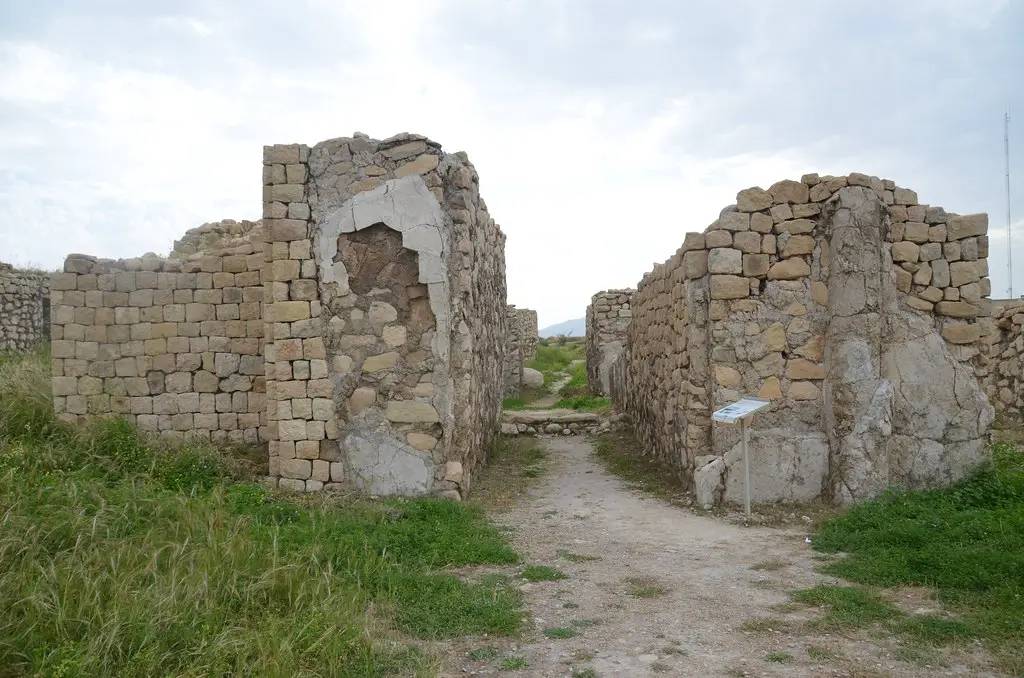
What to see or do: Explore the ruins of the ancient city, including the impressive remains of the palace and the Anahita temple.
Don’t miss: The grand rock reliefs of Bahram I, carved into the cliffs near the city.
Insider travel tips: Visit early in the morning or late in the day to avoid the intense midday heat. Wear comfortable walking shoes and bring plenty of water, as the site is extensive.
Bring a knowledgeable guide or brush up on the city’s history before arrival to truly appreciate the significance of the ruins.
23. Shushtar Waterfalls
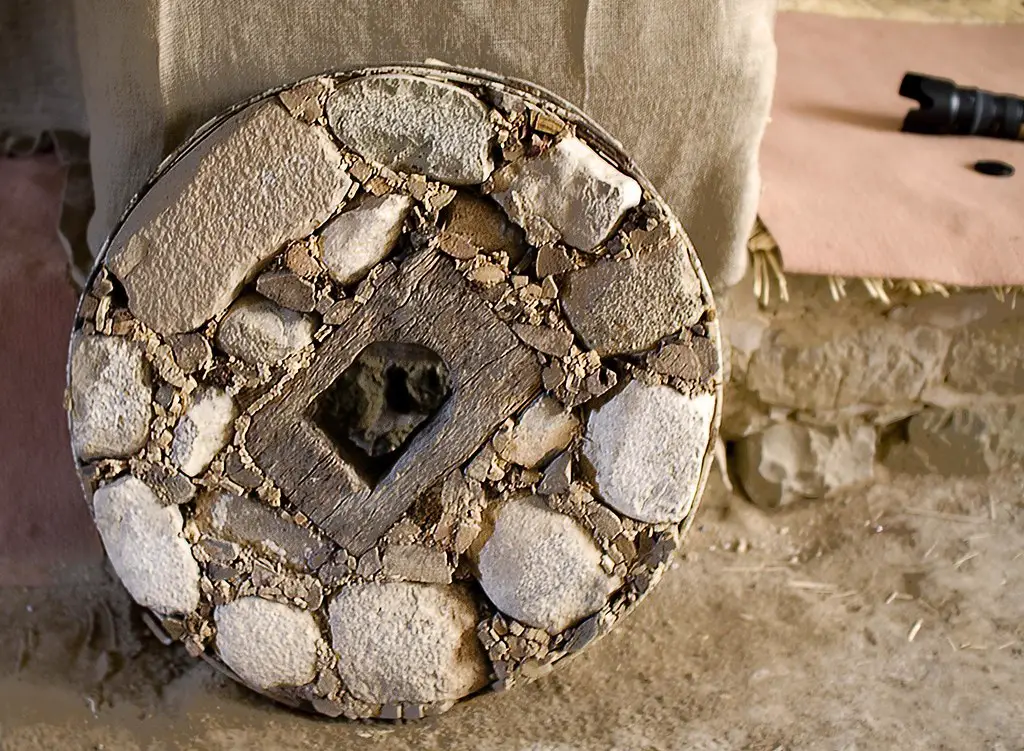
A masterpiece of ancient engineering and a UNESCO World Heritage Site, the Shushtar Waterfalls is a complex ancient irrigation system in Iran.
What to see or do: Visitors can marvel at the intricate aqueducts, dams, and canals built by ancient Persian engineers that still supply water to farmers in the region.
Take a stroll through the gardens and enjoy the tranquil scenery while appreciating the ancient feats of water engineering.
Don’t miss: The main attraction of Shushtar Waterfalls is the unique historical landmark of Band-e Kaisar (Caesar’s dam), built in the 3rd century AD under the Roman Emperor Valerian.
Insider travel tips: Visit during the late afternoon to capture the best light for photography. Wear comfortable shoes as there is a lot of walking involved.
Bring some cash for admission fees and souvenirs sold at the local gift shops.
24. Holy Shrine of Imam Reza

The Holy Shrine of Imam Reza is a vast complex in Mashhad, Iran, that houses the mausoleum of Imam Reza, the eighth Shia Imam.
What to see or do: Visitors can pay their respects to Imam Reza by visiting his holy shrine, which is elaborately decorated with gold, silver, and precious stones.
The complex also includes a mosque, libraries, and museums, with exhibitions of religious and historical art. There are also traditional bazaars and tea houses that offer a glimpse into the local culture.
Don’t miss: The central dome of the holy shrine, which is one of the largest in the world, adorned with stunning calligraphy and tile work.
The mausoleum also contains the tomb of Harun al-Rashid, a prominent Abbasid Caliph, and the Goharshad Mosque, which is known for its beautiful architecture.
Insider travel tips: Visitors are recommended to dress conservatively and remove their shoes before entering the holy shrine. As the shrine attracts many pilgrims, it can get quite crowded during peak times, so visitors should plan accordingly.
It is also worth noting that non-Muslims are not allowed to enter some areas of the complex.
25. Gonbad-e Qabus Tower

Gonbad-e Qabus Tower is a UNESCO-listed historical monument located in Gonbad-e Qabus city, Golestan Province, Iran.
What to see or do: Visitors can admire the impressive architecture of the tower, which dates back to the 11th century. The tower is 72 meters high and features intricate geometric designs and Kufic inscriptions.
There is also a small museum on site displaying historical artifacts and exhibits.
Don’t miss: Don’t miss the chance to climb up the tower and enjoy the panoramic views of the surrounding city and countryside.
Insider travel tips:
26. Jameh Mosque of Yazd
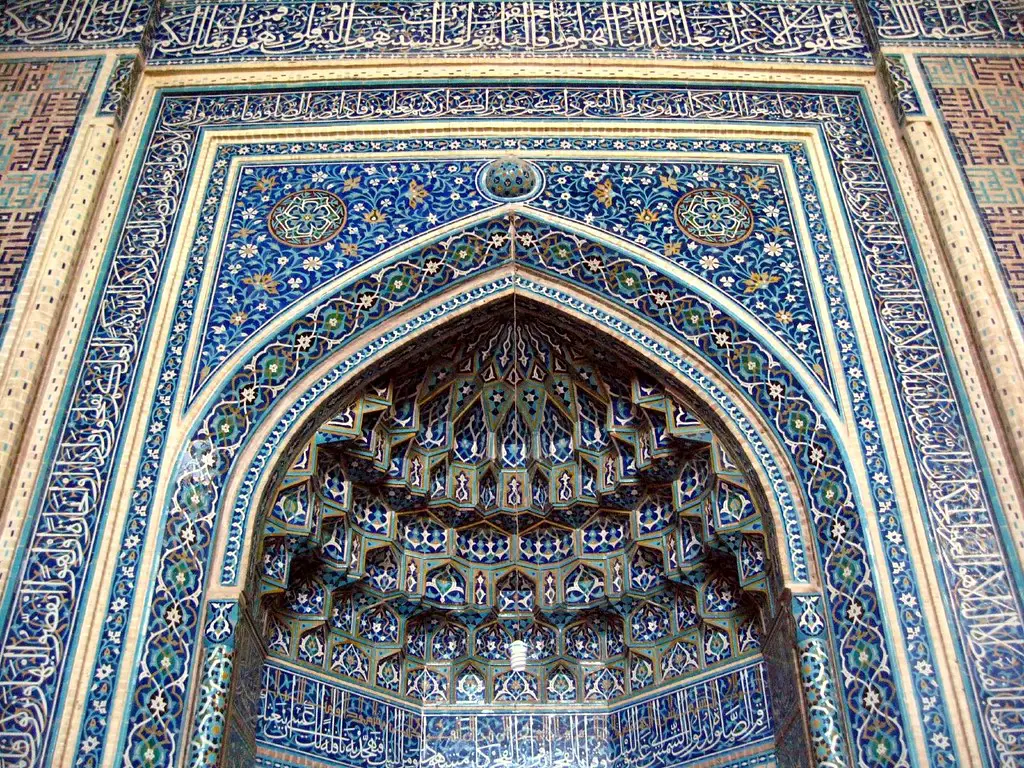
A historic mosque located in the heart of Yazd, Iran.
What to see or do: Admire the stunning Persian architecture, intricate tile work, and its two grand iwans (porches). Visitors can also enter the prayer halls and courtyard to witness the mosque’s daily routines.
Don’t miss: The grand entrance portal on the eastern side of the mosque, known for its beautiful blue tile work and calligraphic inscriptions.
Insider travel tips: Be sure to visit during the early morning or late afternoon to avoid the midday heat. Also, dress modestly and remove your shoes before entering the prayer halls.
27. Kerman’s Jame Mosque
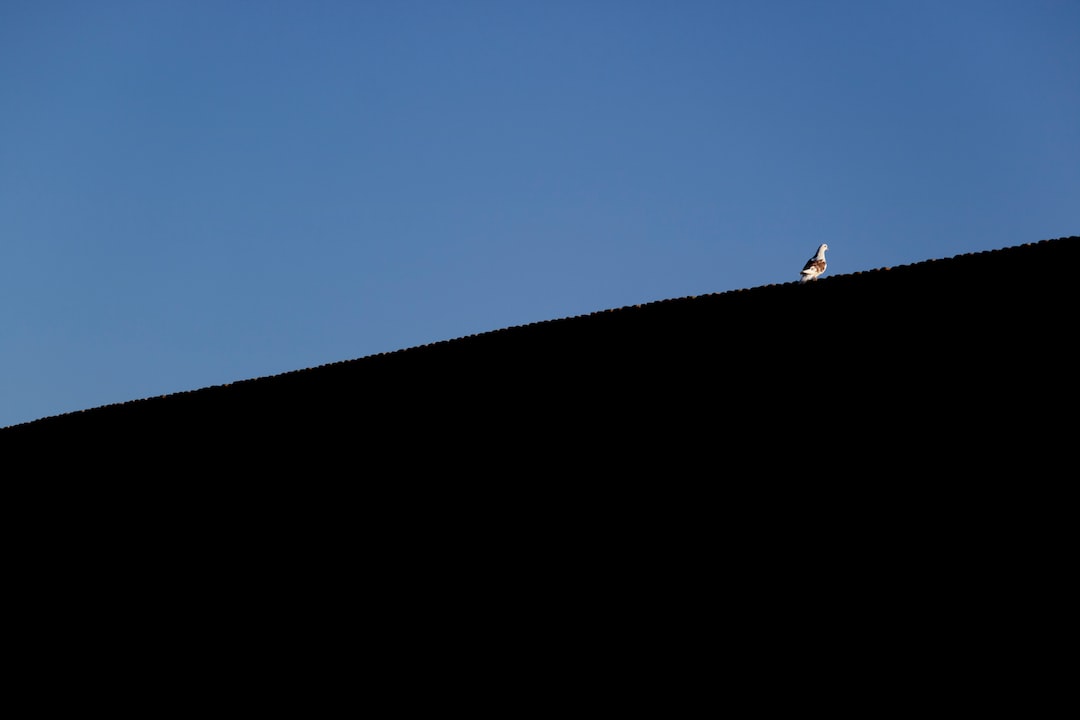
A historic mosque located in the city of Kerman, Iran.
What to see or do: Admire the stunning architecture of the mosque with its intricate tile work and intricate design. Take a moment to appreciate the serene atmosphere and peaceful ambience of the mosque.
Don’t miss: The stunning dome of the mosque with its intricate patterns and calligraphic inscriptions. The courtyard of the mosque is also a must-see, with its beautiful pool and lush greenery.
Insider travel tips: Visit the mosque early in the morning or late in the evening when it’s less crowded and the lighting is particularly beautiful.
Don’t forget to dress modestly and remove your shoes before entering the mosque.
28. Armenian Monastic Ensembles

Armenian Monastic Ensembles is a group of seven monasteries and churches located in the country of Armenia.
What to see or do: Each of the seven monasteries and churches are known for their unique architectural style, rich history and stunning location.
Visitors can explore the monasteries and churches, learn about the Armenian culture and history, and enjoy breathtaking views of the surrounding landscapes.
Don’t miss: Some must-sees among these seven monasteries and churches are the Haghpat and Sanahin Monasteries and the Geghard Monastery.
Insider travel tips: – Make sure to wear comfortable shoes as there is a lot of walking involved.
29. Azadi Tower
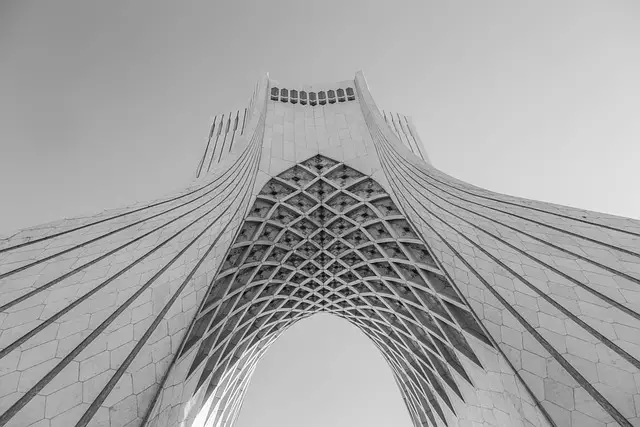
Azadi Tower is a landmark monument located in Tehran, Iran. It was built in 1971 to commemorate the 2,500th anniversary of the Persian Empire.
What to see or do: Visitors can explore the tower’s museum, which features exhibits on Iranian history and culture. They can also take an elevator to the top of the tower for stunning views of Tehran.
Don’t miss: The nightly light show at Azadi Tower is a must-see, as the tower is illuminated with colorful lights that change every few minutes.
Insider travel tips: Consider visiting the tower at sunset to see its unique interplay with the colorful sky.
Beware of long lines during peak tourism season and remember to dress modestly – covering your legs and arms – as a sign of respect for Iranian culture.
30. Damavand Mountain

Damavand Mountain is a majestic stratovolcano and the highest peak in Iran, standing at 5,671 meters.
What to see or do: Climbing Damavand is the main attraction for adventurers visiting this natural wonder. The climb offers striking views of the surrounding landscape and a unique experience to challenge your limits.
You can also enjoy the natural hot springs located at the base of the mountain.
Don’t miss: The rare and amazing scenery that changes with altitude. As you climb up the slopes, you’ll be amazed by the picturesque landscape that surrounds this stunning mountain.
Make sure to also witness the stunning sunrise or sunset from the top.
Insider travel tips: – Physical preparation and acclimatization are essential for a successful climb.
💪 Support independent web, support us: